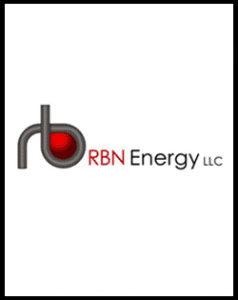RBN Energy Published by: Sandy Fielden
Record runs allowed U.S. refiners to continue a multiyear streak of strong margins in 2018 despite higher crude prices during the first three quarters and a weaker fourth quarter after product prices tanked along with crude in October. While rising crude prices threatened refinery margins, a high Brent premium over domestic benchmark West Texas Intermediate (WTI) kept feedstock prices for U.S. refiners lower than their international rivals. The availability of discounted Canadian crude also helped produce stellar returns for Midwest, Rockies and Gulf Coast refiners that are configured to process heavy crude. Product prices only weakened in the fourth quarter when gasoline inventories began to rise. Today, we highlight major trends in the U.S. refining sector during 2018 and look forward to 2019.
U.S. refiners processed record volumes of crude in 2018. After processing an average 16.6 MMb/d of crude in 2017, according to the Energy Information Administration (EIA), U.S. refiners upped their game to input an all-time high of about 17 MMb/d in 2018. Increased throughput in 2018 came with minimal additions to operable capacity and represents an annual average utilization rate just above 93% based on weekly EIA data. The 2018 refinery input levels were consistently above the prior 10-year average.
Regional Crack Spreads
Recall that crack spreads are a way to boil down complex refinery operating processes to provide a basic measure of profitability using benchmark crude and product price ratios (see The Bakken Buck Starts Here – Part IV). We have frequently used the most common crack spread ratio — the 3-2-1 — to represent the operation of a refinery outputting twice as much gasoline as diesel from three barrels of crude (you can see a daily 3-2-1 crack spread in the Spotcheck section of the RBN website — Backstage Pass members can dig deeper into the data).
Read Full Article Here (RBNEnergy.com)







Leave A Comment